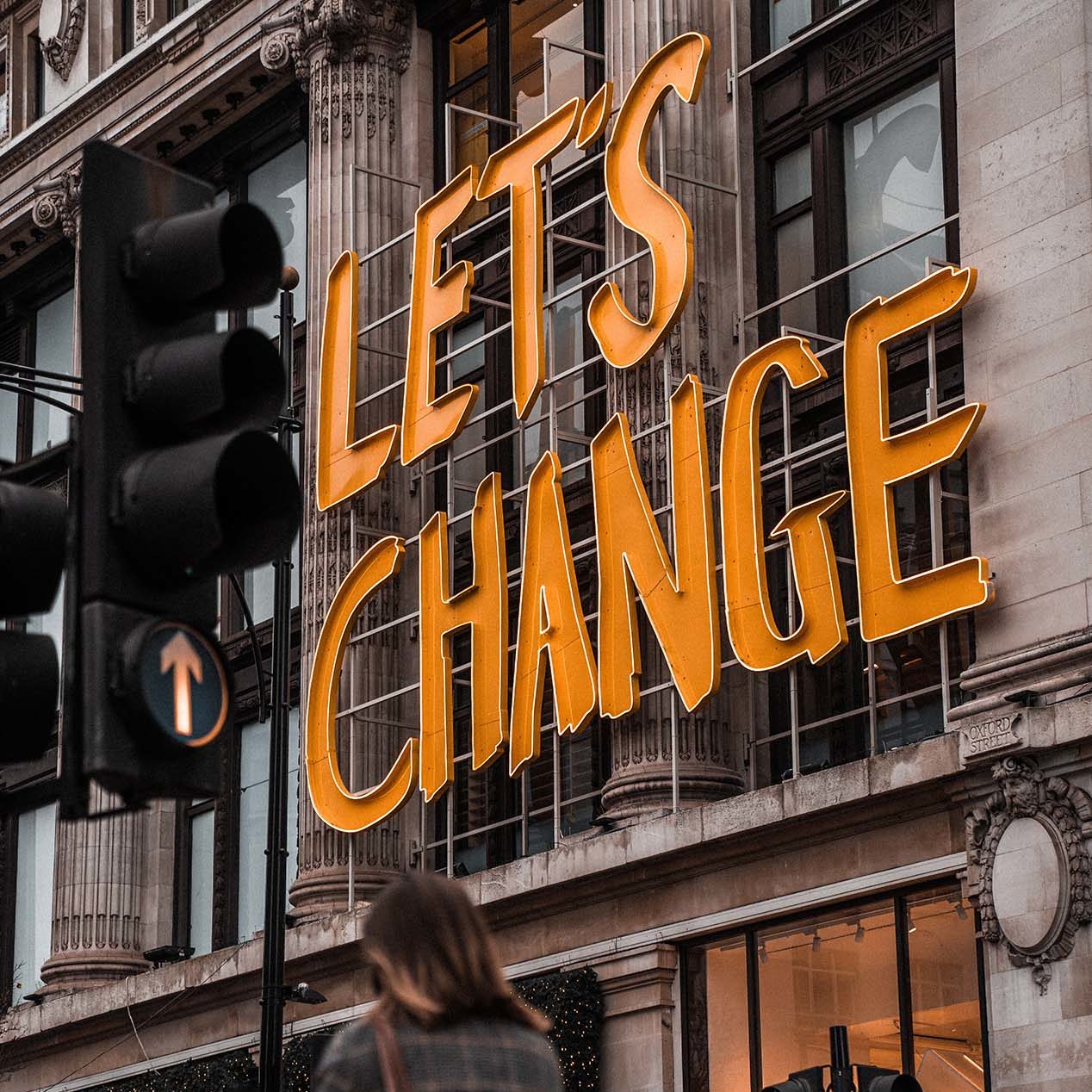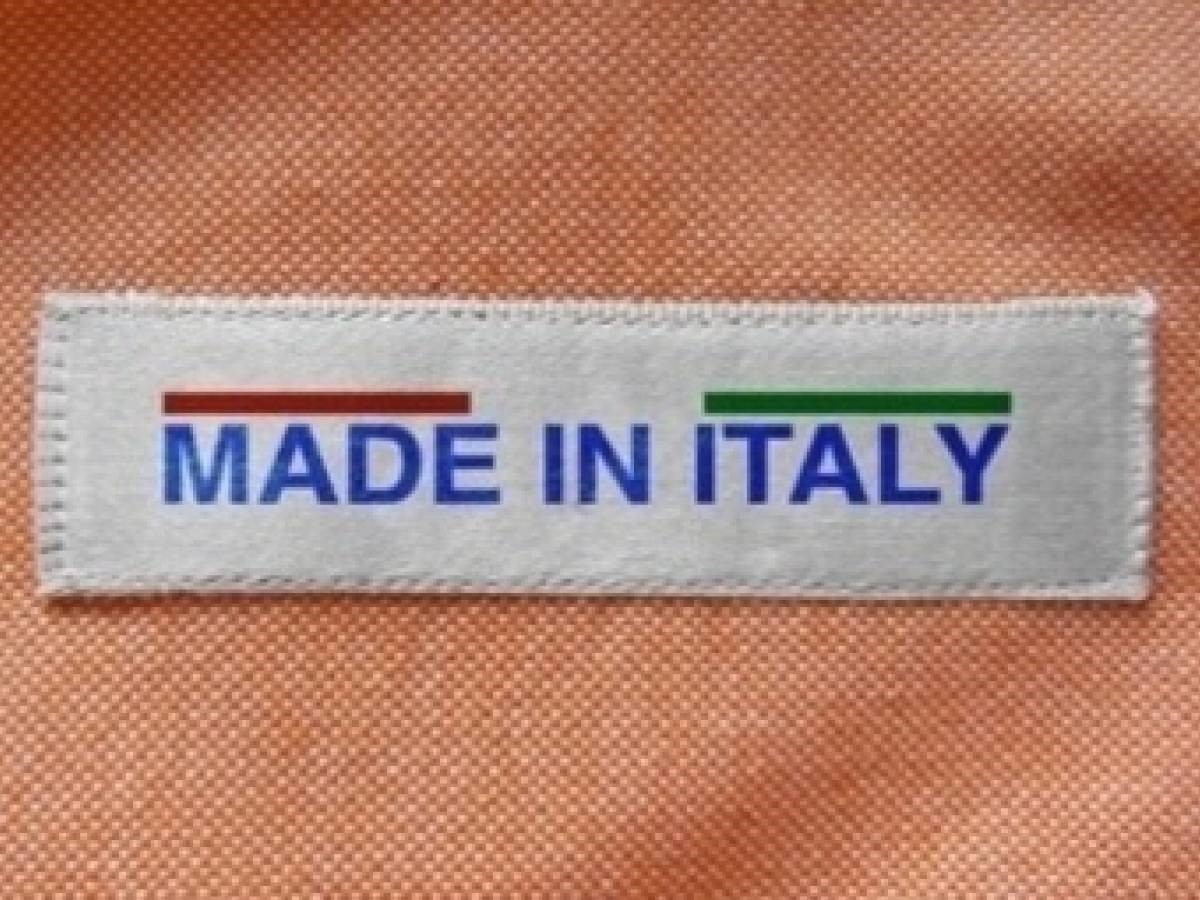Fashion is one of the most polluting industries in the world. For years, all the most impactful sectors have started a transition which unfortunately is still too slow and unevenly applied.
In this historical moment, fashion & luxury brands have a great responsibility, which in my opinion is also a precious opportunity: use their way of designing and producing to witness the transition underway, inducing the consumer to make conscious purchasing choices that may contaminate their lifestyle in the broadest sense of the word. Together, brands and institutions have the real power to accelerate change.
Many companies in the Italian supply chain have launched interesting initiatives to transform the production system so as to reduce their environmental and social impact. The most advanced ones range from the elimination of toxic and harmful chemicals from the production cycles to the improvement of safety and healthiness in the workplace, to process traceability and the replacement of raw materials with more sustainable alternatives, up to the reduction of the factory’s impact.
The pandemic has favored the multiplication of this kind of projects and new regulations such as the EU Due Diligence Legislation, the NY Social Accountability Act or the package of measures from European Commission which sees the fashion sector underspecial surveillance will make this trend even more widespread and structured.

A complex transition
The hoped-for green and social transition of the fashion system is highly complex, but the road is drawn, investment is inevitable and returns – for those who have already moved – are beginning to be seen in terms of business and reduction of environmental impacts, as well as in terms of attracting skills and talents for innovation.
The value of the investment depends above all on the DNA and the complexity of the “journey” you want to go on. It is not by chance that the first step of the 4sustainability® methodology is a sustainability initial anlysis: we take a picture of the starting situation to define strengths and weaknesses and, therefore, the intervention priorities (4sustainability Assessment).
There are companies with a well-oriented DNA: efficient processes, satisfied people, buildings and plants with low environmental impact, compensation systems, use of sustainable chemistry, production traceability and engagement of the upstream supply chain. Logically, in terms of support the investment is simpler and aimed at systematizing the approach and making the performance data measurement transparent.
If, on the other hand, you need to review the industrial processes, renew the related machinery and so on, the commitment will clearly be much higher. However, the indirect investment we should highlight is that relating to business culture, which must be built and nurtured to enhance actions to reduce environmental and social impact.
Recovery, reuse, recycling… Where do we stand?
Circular economy is a largely unexplored field. Also in Italy, there are appreciable recovery and recycling projects and I’m thinking especially of historicized excellences such as the Prato district. We note the most advanced initiatives especially on the reuse of production waste, but large volumes are made on unsold products, as suggested by the evidence on over production and post-consumer products which have exploded along with fast and ultrafast fashion.
Today, the true challenge is to spread and root good practices, structuring supply chains capable of correctly managing production volumes with clear and controlled regulations. While waiting for this evolution, certification and traceability systems such as the GRS standard from Textile Exchange, now widely applied in the sector, have found space.
Having said that, ther’s no doubt that we must extend the product life cycle and this is possible only if at an early stage in the design process we identify characteristics of durability, reuse and recycling and only if we prefer supply chains capable to demonstrate their own sustainability.


Traceability is the key
Traceability is central in the transition of fashion system because applying a sustainable production model means moving from a logic of product control to a logic of process transparency: from “what I produce” to “what I produce + how I produce it”.
The current production model is very fragmented and the geographies and cultures involved are extremely different from each other. Creating a production model that is capable of guaranteeing environmental and social performance, therefore, means first of all mapping all the processes and all the steps necessary to activate and obtain the finished product and then proceed with data collection and verification of sustainability initiatives and sustainability performance for the various steps.
Without traceability – intended as the ability to intercept all the key processes for obtaining the finished product, starting from the raw material – it will not be possible to tell an authentic story of sustainability through the product and it will not be possible for the brand to claim to have a sustainable supply chain.
4sustainability has precisely this objective: it is a sustainability data collection system of the supply chain based on the 6 topics which are relevant to the sector and supported by a platform through which each segment in the production chain can give evidence of its sustainability performance, allowing customers – including brands – to connect to data. This will make it possible to establish production systems that are sustainable as they are capable of measuring and sharing improvement paths in a transparent way.
Embracing change
A production that is concretely oriented towards sustainability and its principles has returns that do not simply relate to image and / or good reputation.
Sustainability is worthwhile because the process analysis, which is one of its pillars, almost always leads to optimizing production and therefore improving effectiveness and efficiency.
Sustainability is worthwhile because it increases the perceived and measured reliability from the market, because sustainability ratings are growing at all levels of the value chain and because you build customer loyalty.
Sustainability is worthwhile because the ability to attract talents and financial resources is also growing, as an effect of the positive evaluation that stakeholders give to the ESG (Environmental, Social and Governance) factors or to structured projects related to them, as well as to the credit systems’ merit. Even if we limit ourselves to these three areas, integrating sustainability into our development strategies is a virtuous choice from all points of view.


Made in Italy and sustainability
In the common feeling, Made in Italy is synonymous with timeless craftsmanship, tradition and excellent raw materials, connection with the territory, respect and love for beauty. Is it also synonymous with sustainability?
Know-how is abounding in Italy, as well as creativity and orientation towards innovation. Another plus is the environmental and social regulatory system, which is one of the most advanced in the world. There are fronts, however, on which we still need to grow and I’m referring above all to acting methodically, planning, measuring and communicating performance transparently, considering the managerial level of our companies and the number of women in leadership roles. The 4sustainability system takes care of all this, supporting the implementation of key initiatives for the creation of sustainable production models and encouraging companies to communicate their environmental and social performance as they are appreciated by market and stakeholders.
The post-pandemic scenario
The system crisis that the pandemic has revealed to us with extraordinary violence has been having one advantage at least: that of strengthening the awareness of businesses and consumers about the crucial relevance of environmental and social issues.
Do we really want to be influenced again by the media and continue to feel “someone” based on what we own and based on the quantity of objects that enter our closets? Do we want, in all conscience, to keep producing without worrying about the people who work for us, their training, their expectations of growing professionally based on merit, having access to fair pay? Do we still want to waste water and energy resources and go on producing waste that we no longer know where to put? Do we feel safe at the thought of using, more or less consciously, chemicals that are harmful to health and the environment? Where have these behaviors led us so far? Which kind of satisfaction do they give us?
Well, now there are techniques, methodologies and actions to do business differently. I believe each of us, today, has the opportunity to make a small or large contribution to affirm a new development model. We just have to put a lot of thought and will into it.

Concept by Process Factory/4sustainability®

